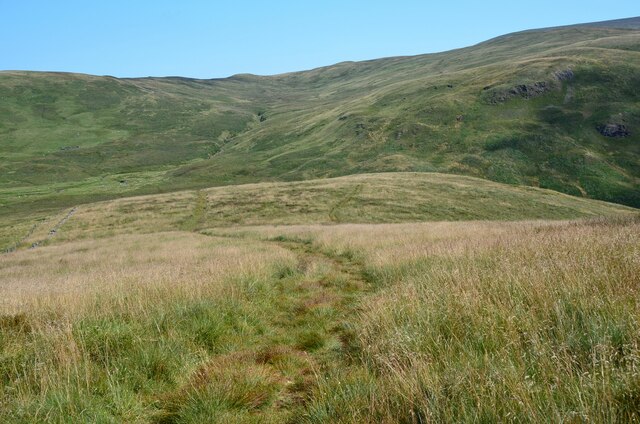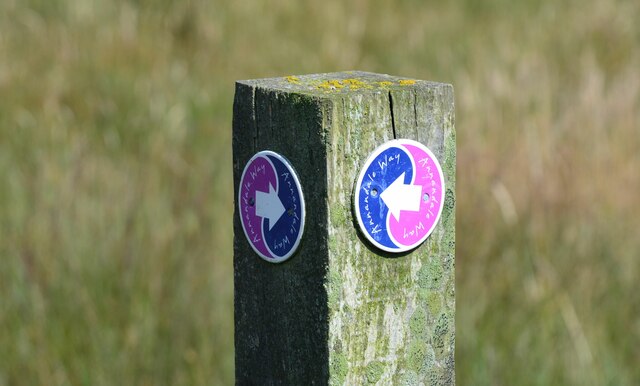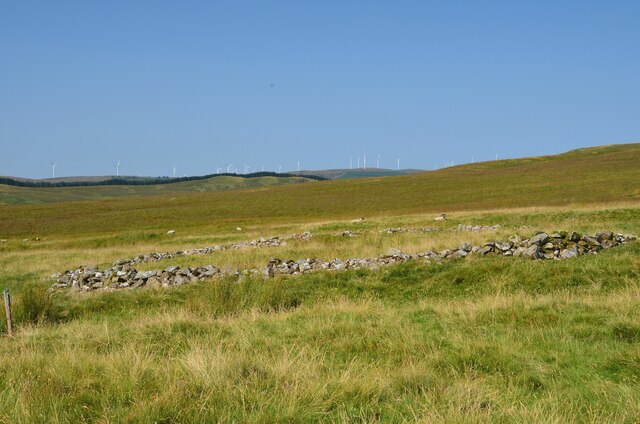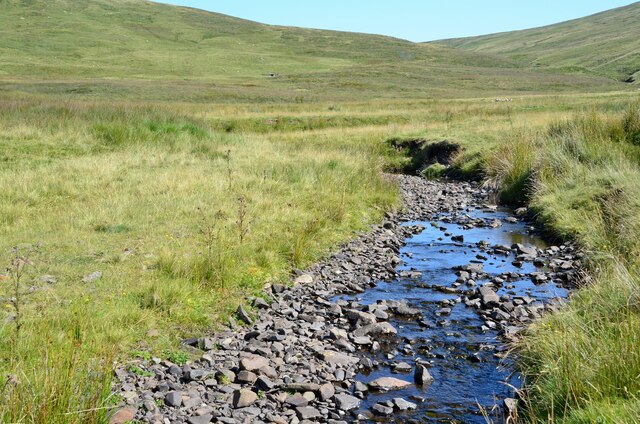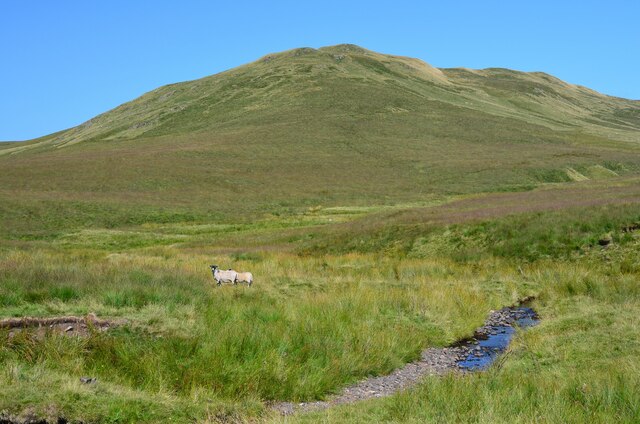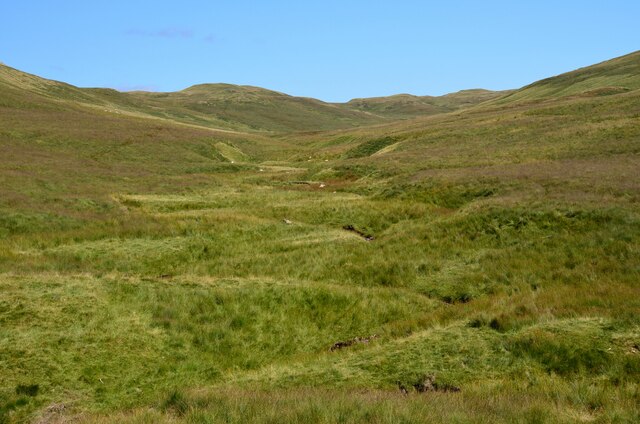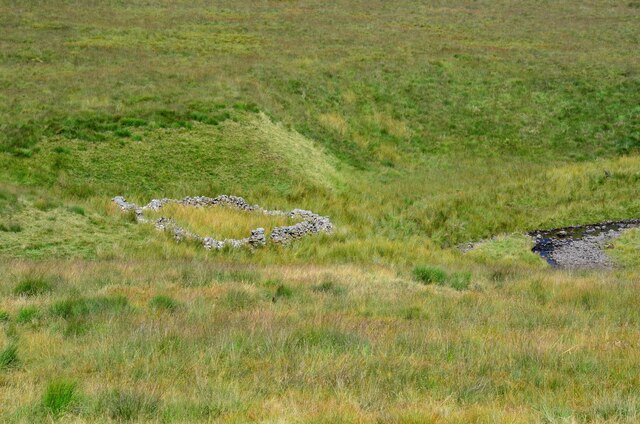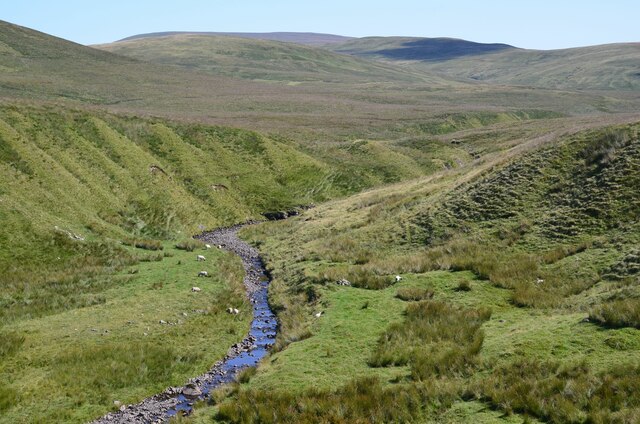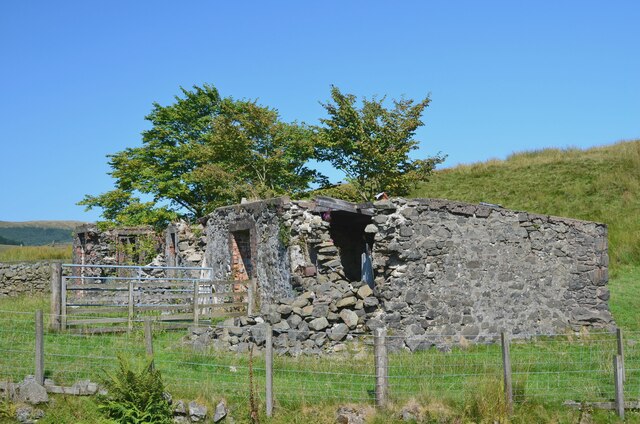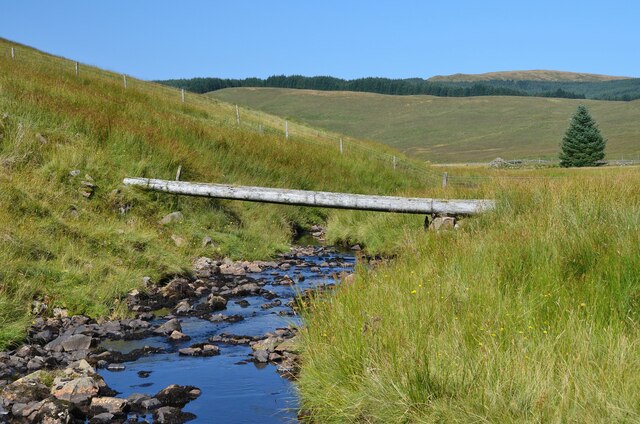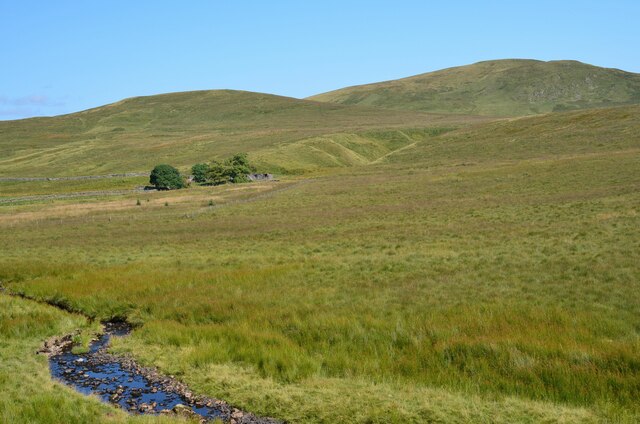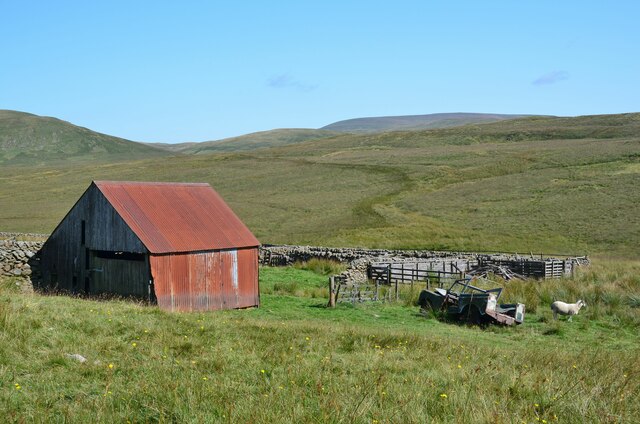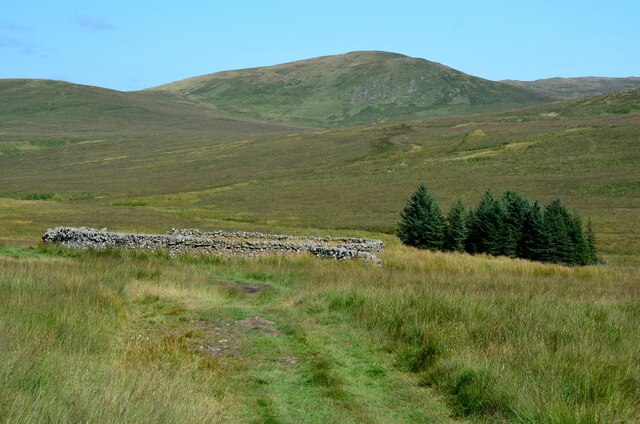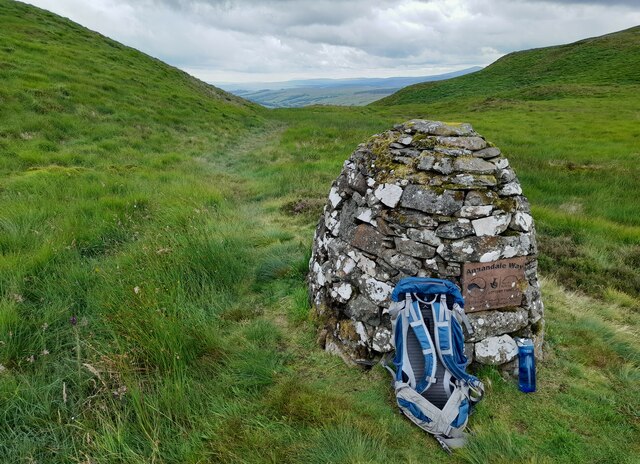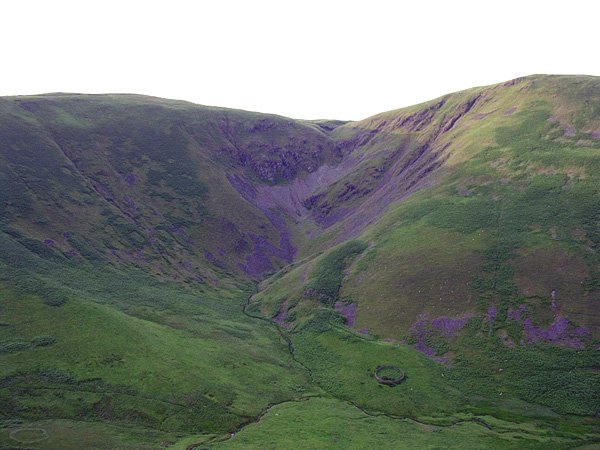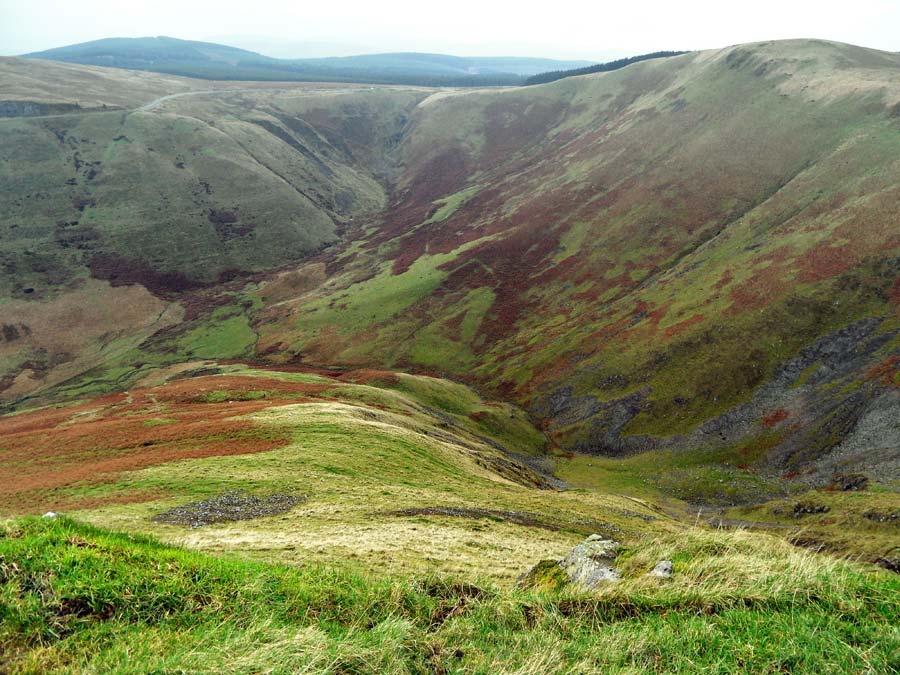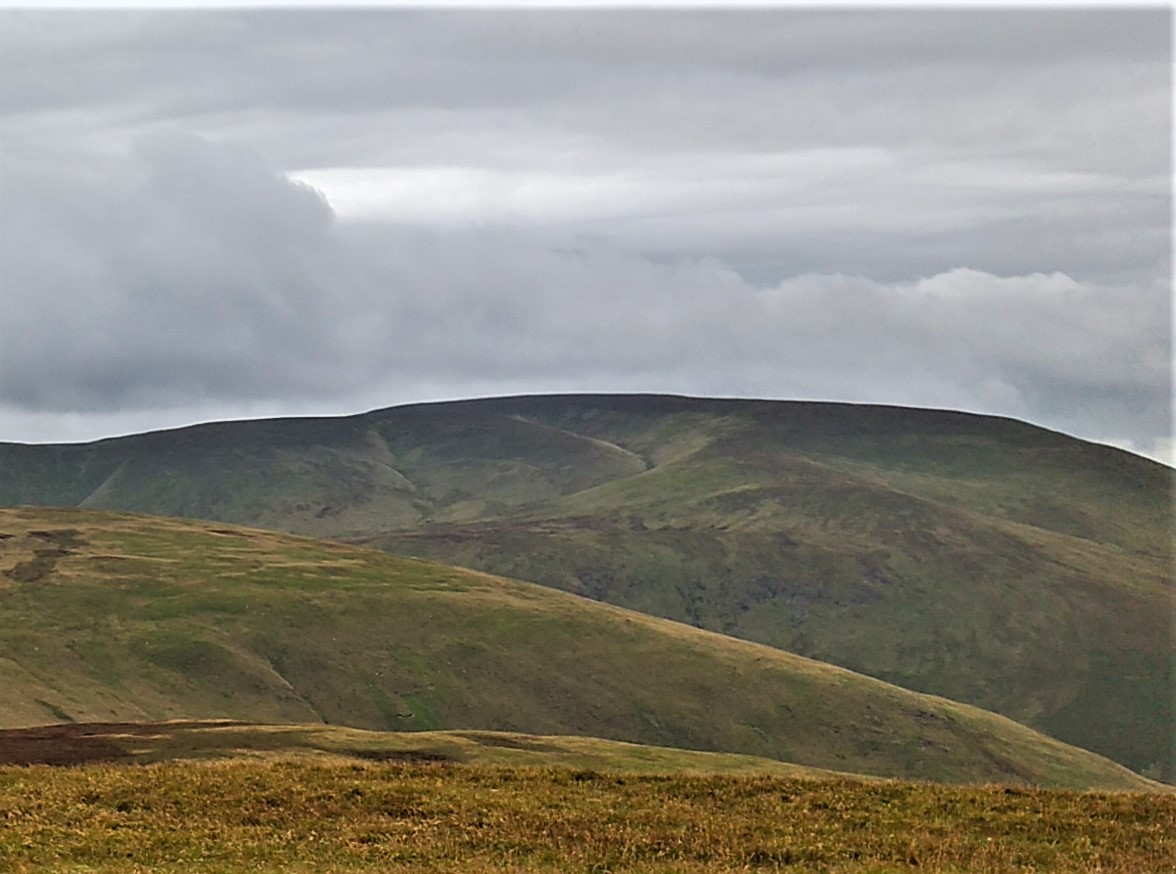Crown of Scotland
Hill, Mountain in Peeblesshire
Scotland
Crown of Scotland

The Crown of Scotland, located in Peeblesshire, is a prominent hill/mountain in the southern part of the country. It stands at an impressive height of 1,097 meters (3,599 feet) above sea level, making it one of the highest peaks in the region. Situated within the beautiful Tweed Valley, this natural landmark offers breathtaking panoramic views of the surrounding landscapes.
The Crown of Scotland is part of the Southern Uplands, a range of hills and mountains that extend across the southern part of Scotland. It is known for its rugged and rocky terrain, making it a haven for outdoor enthusiasts and hikers. The ascent to the summit can be challenging but rewarding, with various trails and paths to choose from, catering to different levels of difficulty and experience.
At the peak, visitors are treated to stunning vistas of the rolling hills, lush green valleys, and meandering rivers that characterize the Peeblesshire countryside. On clear days, it is even possible to catch a glimpse of the distant cities of Edinburgh and Glasgow. The hill/mountain is also home to a diverse array of flora and fauna, including heather, wildflowers, and various species of birds and mammals.
The Crown of Scotland holds historical significance as well. It is believed to have been a site of ancient fortifications, adding an element of intrigue to its already captivating allure. Whether one seeks a challenging hike, a connection with nature, or a glimpse into Scotland's rich history, the Crown of Scotland in Peeblesshire is an exceptional destination that offers it all.
If you have any feedback on the listing, please let us know in the comments section below.
Crown of Scotland Images
Images are sourced within 2km of 55.420128/-3.4533228 or Grid Reference NT0814. Thanks to Geograph Open Source API. All images are credited.
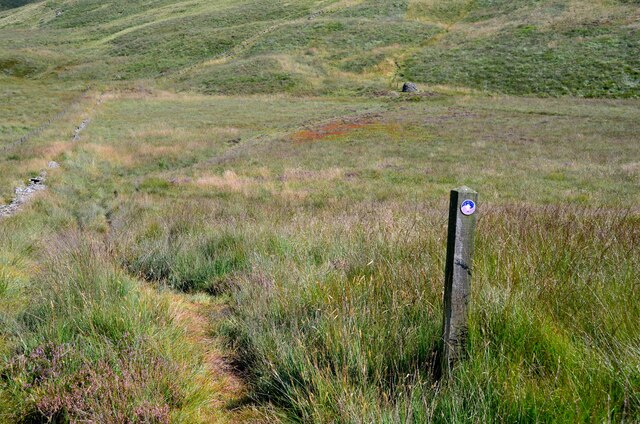
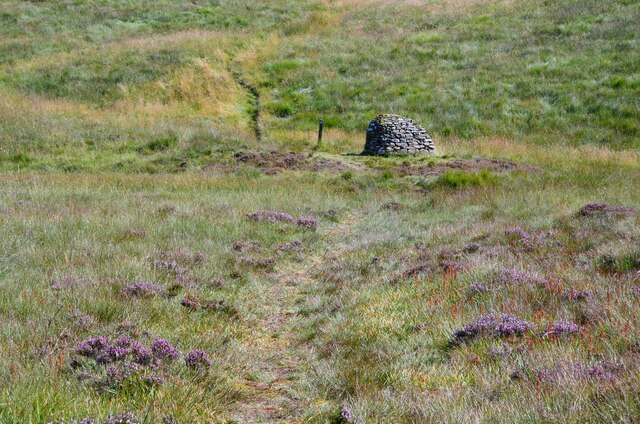
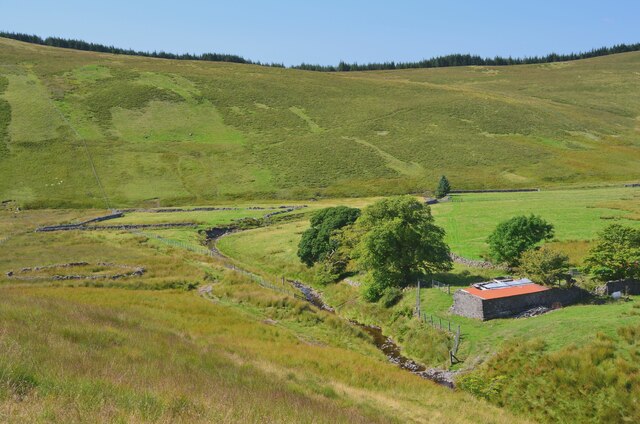
Crown of Scotland is located at Grid Ref: NT0814 (Lat: 55.420128, Lng: -3.4533228)
Unitary Authority: The Scottish Borders
Police Authority: The Lothians and Scottish Borders
What 3 Words
///opposite.earth.blindfold. Near Moffat, Dumfries & Galloway
Nearby Locations
Related Wikis
Devil's Beef Tub
The Devil's Beef Tub (Marquis of Annandale's Beef-Tub, Beef-Stand, MacCleran's Loup) is a deep, dramatic hollow in the hills north of the Scottish town...
Annanhead Hill
Annanhead Hill is a 478-metre (1,568 ft) summit in the Moffat Hills of Scotland. It lies on the boundary between the Scottish Borders and Dumfries and...
Hart Fell
Hart Fell is a hill in the Moffat Hills range, part of the Southern Uplands of Scotland. It lies north of the town of Moffat on the border with the Scottish...
Crown of Scotland (hill)
The Crown of Scotland is a hill in the Scottish Borders, Scotland. At a relatively small elevation from the surrounding peaks, it is situated to the north...
Have you been to Crown of Scotland?
Leave your review of Crown of Scotland below (or comments, questions and feedback).
